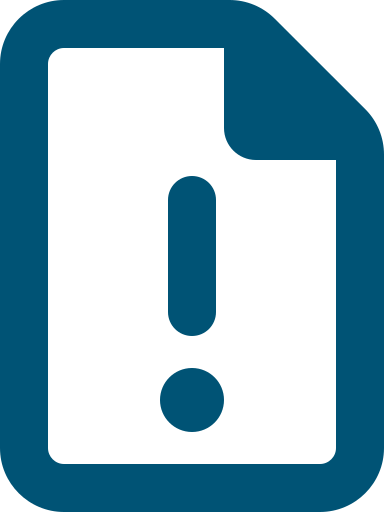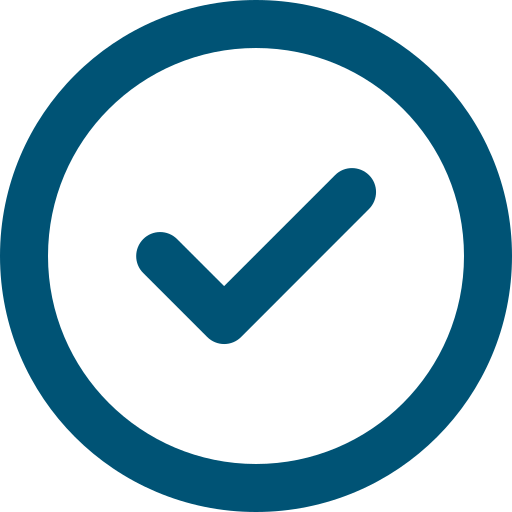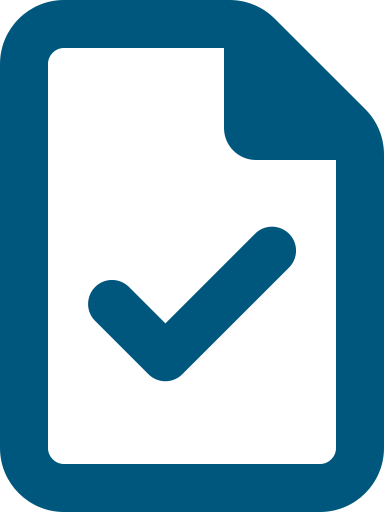The new Aged Care Act puts the rights of our Elders and older people first. It includes a Statement of Rights for people who get aged care.

Read the open letter to older people, families and supports from the Commissioner and Complaints Commissioner explaining how the new Aged Care Act 2024 uphold your rights in aged care, and the support available to you to raise a concern, provide feedback or make a complaint.

Our Managing Worker Risk Policy explains our approach in detecting, assessing and responding to risks arising from the actions, inactions and behaviours of workers.
This policy includes information about:
- who is a worker
- what is worker risk
- key obligations relating to managing worker risks
- worker screening
- our approach to managing worker risks through detection, assessment and response.

Use this form to notify or update the Commission about your operations as a digital platform operator.

Use this form to request to waive the fees that apply to registration and variation.

Providers must determine your evaluated minimum liquidity amount each quarter.
Use this approved form to notify the Commission that you are:
- electing to maintain,
- revoking an election to maintain, or
- re-determining
an evaluated minimum liquidity amount (evaluated MLA) under the Aged Care Financial and Prudential Standards 2025.

This document provides an overview of resources and learning opportunities to help aged care workers understand changes in the new Aged Care Act, and how they affect them, including :
- Aged Care Quality Standards
- Statement of Rights
- Aged Care Code of Conduct
- worker screening
- whistle blower protections
- complaints.

Joint letter from the Deputy Secretary, Ageing and Aged Care Group, Department of Health, Disability and Ageing and the Commissioner to Board Chairs and CEOs of Residential Aged Care Providers on Star Ratings Compliance rating.

The Commission released the draft Regulatory Strategy 2025–26 for feedback in August 2025. This consultation report summarises what we heard during the consultation process, and what we did in response.

2025-26 Regulatory Strategy
Our Regulatory Strategy sets out how the Commission will deliver on our goals and commitments.
Consultation Report – draft Regulatory Strategy 2025-26
The Commission released the draft Regulatory Strategy 2025–26 for feedback in August 2025. This consultation report summarises what we heard during the consultation process, and what we did in response.

The Aged Care Act 2024 (the Act) and the Aged Care Rules 2025, which started on 1 November 2025, introduced changes to reportable incidents through the Serious Incident Response Scheme (SIRS). This quick guide provides an overview of these changes.
The information in this fact sheet provides general guidance only. It’s your responsibility to know your obligations and legal responsibilities under the Act and the Aged Care Rules.


Our Compliance and Enforcement Policy applies from 1 November 2025.
The Policy explains the compliance and enforcement actions we can take to:

The Aged Care Quality Standards (Quality Standards) are a set of requirements that define what good care looks like.
They describe the standard of care you can expect from your aged care provider, whether you live in an aged care home or in your own home.
The Quality Standards have been strengthened to deliver better aged care for older people and took effect with the new Aged Care Act 2024 from 1 November 2025.

We have released a suite of overview fact sheets to help older people understand the new strengthened Quality Standards.
The strengthened Quality Standards come into effect in line with the commencement of the new Aged Care Act.
Strengthened Quality Standard 1: The individual means you have the right to be treated with dignity and respect, and to make your own choices about your life, care and services.

We have released a suite of overview fact sheets to help older people understand the new strengthened Quality Standards.
The strengthened Quality Standards come into effect in line with the commencement of the new Aged Care Act.
Strengthened Quality Standard 2: The organisation means that the organisation that provides your care should be well run, and your providers and workers listen when you give feedback.

We have released a suite of overview fact sheets to help older people understand the new strengthened Quality Standards.
The strengthened Quality Standards come into effect in line with the commencement of the new Aged Care Act.
Strengthened Quality Standard 7: The residential community means you are supported to do things you want and enjoy, and you are helped to maintain connections and relationships.

We have released a suite of overview fact sheets to help older people understand the new strengthened Quality Standards.
The strengthened Quality Standards come into effect in line with the commencement of the new Aged Care Act.
Strengthened Quality Standard 4: The environment means the care you get is delivered in a clean, safe, comfortable environment. You feel safe when using aged care services.

We have released a suite of overview fact sheets to help older people understand the new strengthened Quality Standards.
The strengthened Quality Standards come into effect in line with the commencement of the new Aged Care Act.
Strengthened Quality Standard 5: Clinical care means you get safe and quality clinical care services that are effective, coordinated, and continuously improved.

We have released a suite of overview fact sheets to help older people understand the new strengthened Quality Standards.
The strengthened Quality Standards come into effect in line with the commencement of the new Aged Care Act.
Strengthened Quality Standard 3: The care and services means the care you get is safe and effective, and meets your needs.








